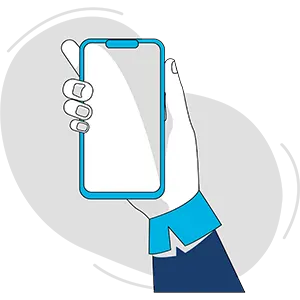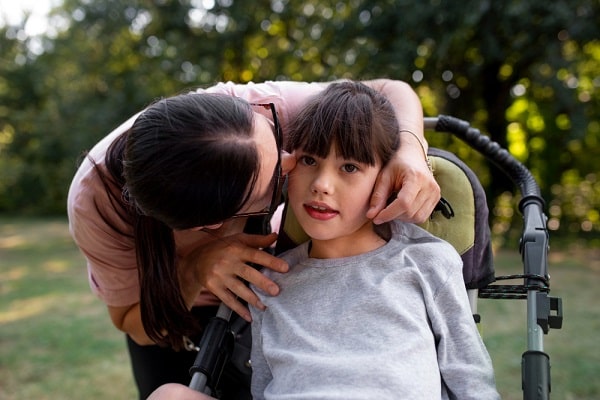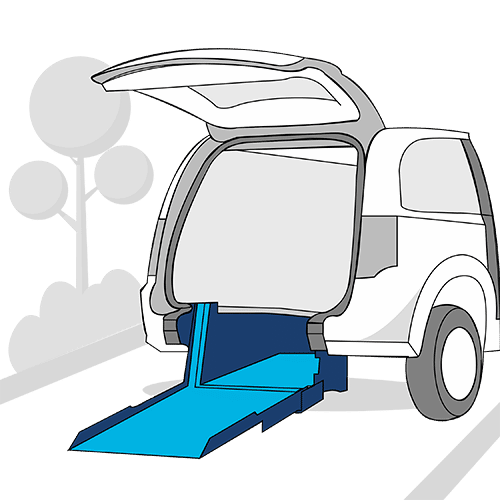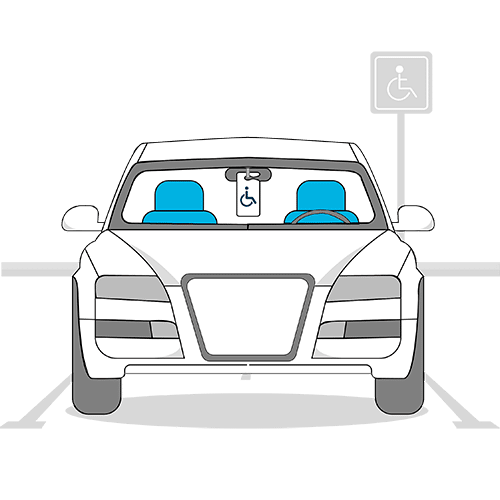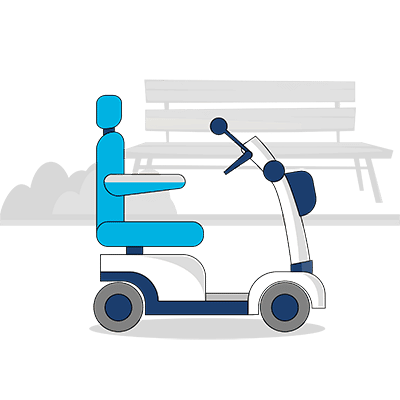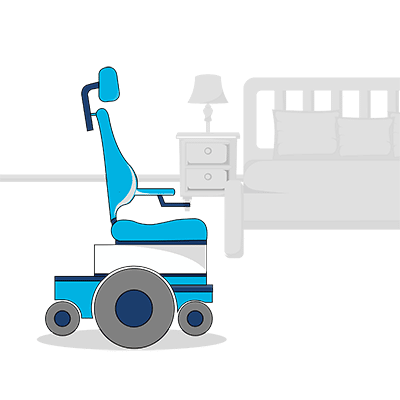Cerebral palsy (CP) is a motor disability that affect people’s movement and coordination. It’s the most common physical disability among children, and currently has no cure. Nevertheless, the right support can help someone with CP to live a long and rich life. With World Cerebral Palsy Day coming up on 6 October, we’re recognising it with this comprehensive overview of the condition.
Our article includes answers to the most asked questions in Australia about this condition and busting some common misperceptions.
In this article
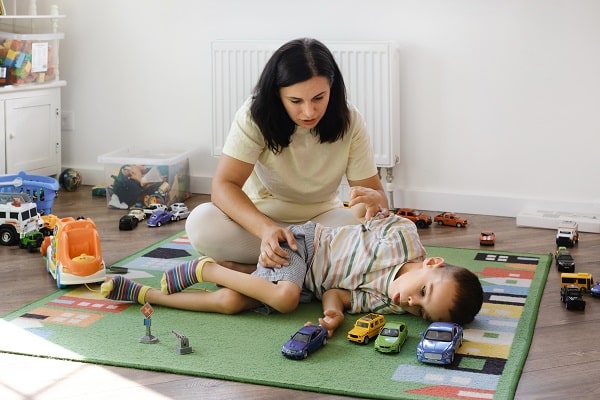
What is cerebral palsy?
Cerebral palsy – commonly referred to as CP – is a group of lifelong conditions that affect movement and coordination. It’s caused by damage or abnormal development of the brain that happens before, during, or soon after birth. CP can affect people in different ways, depending on the part of the brain that’s damaged and the severity of the damage.
It’s not a progressive condition, which means it doesn’t get worse over time. However, the symptoms can change over time as the person grows and develops.
There are four main types:
Spastic
This is the most common type of CP. It’s caused by damage to the areas of the brain that control muscle tone. People with spastic CP have stiff muscles, which can make it difficult to move.
Dyskinetic
This type is caused by damage to the areas of the brain that control movement and coordination. People with dyskinetic cerebral palsy have involuntary movements, which can make it difficult to walk, talk, or eat.
Ataxic
This type of CP is caused by damage to the areas of the brain that control balance and coordination. People with this type may have shaky movements and find it hard to control their body’s position.
Mixed
Some people may have a combination of the above types, meaning they experience a mix of symptoms from spastic, dyskinetic and/or ataxic CP.
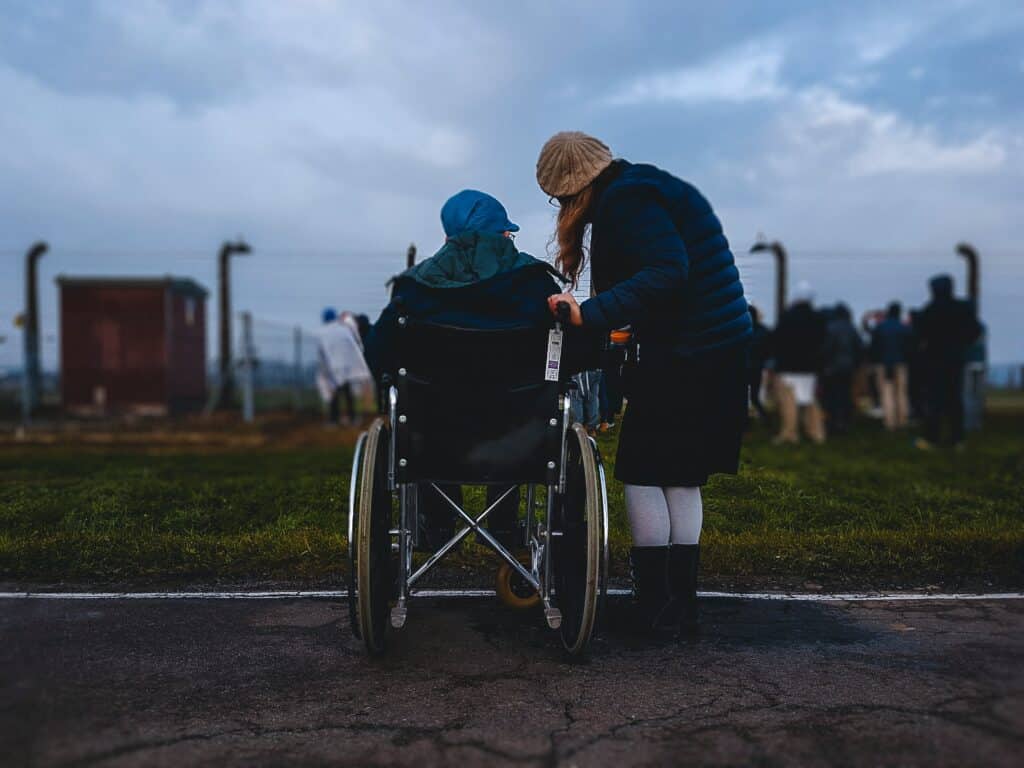
What causes it?
CP is caused by damage to the brain that happens before, during, or soon after birth. The damage can be caused by a number of things, including:
Premature birth
Babies born prematurely are at an increased risk of CP because their brains aren’t fully developed.
Low birth weight
Babies born with low birth weight are also at an increased risk of cerebral palsy because their brains are not getting enough oxygen and nutrients.
Birth complications
Complications during birth, such as a lack of oxygen or a brain bleed, can also cause this motor disability.
Infections
Infections during pregnancy, such as rubella or cytomegalovirus, can damage the baby’s brain and cause CP too.
Genetics
Some genetic disorders, such as Down syndrome, can also cause this motor disability.
Unknown
In most cases, the exact cause of CP is unknown.
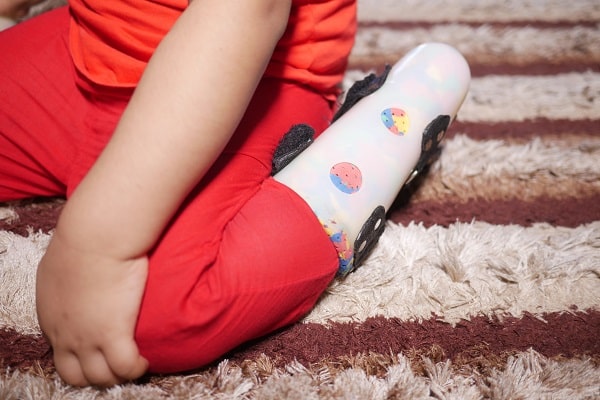
How common is it?
Worldwide, roughly 17 million people live with this disability. As mentioned, it’s the most common physical disability among children.
But according to the 2023 Australian Cerebral Palsy Register (ACPR) Report Australia has the lowest rate of cerebral palsy at birth in the world – with one in 700 children born with it. The rate of cerebral palsy has fallen 40% in the past two decades.
Nevertheless, today around 34,000 people are living with CP in Australia – and many of them require significant assistance to live their best possible life.
How is cerebral palsy diagnosed?
There’s no single test for CP, but a diagnosis is usually made based on a physical examination, medical history, and imaging tests of the brain.
The following are some of the tests:
- Physical examination: The doctor will examine the child’s muscles, reflexes, and coordination. They’ll also look for any signs of intellectual disability, vision problems, or hearing problems.
- Medical history: The doctor will ask about the child’s pregnancy and birth, as well as any health problems that the child has had.
- Imaging tests: Imaging tests of the brain, such as a magnetic resonance imaging (MRI) scan or a computed tomography (CT) scan, can help to show any damage to the brain that may be causing CP.
In some cases, other tests may be needed, such as an electroencephalogram (EEG) to check for seizures or a test to look for certain genetic disorders that can cause CP.
When is it diagnosed?
Cerebral palsy is typically diagnosed during the first two years of life. However, it’s possible for this motor disability to be diagnosed later in childhood or even adulthood. As mentioned, the diagnosis is based on a child’s medical history, physical examination, and imaging tests of the brain.
The following factors make it difficult to diagnose CP early:
- Some children have mild symptoms that may not be noticeable until they’re older.
- CP can develop after birth, due to an injury or illness.
- Some children have other conditions, such as autism or intellectual disability, which can make it difficult to diagnose CP.
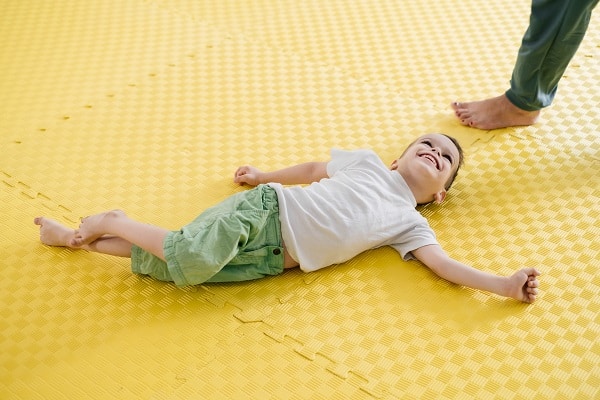
What are the symptoms?
The symptoms of CP can vary widely from person to person, depending on the type and severity of the condition. This can range from mild symptoms that don’t affect their daily life, while others may have more severe symptoms that require a lot of support.
Here are some of the things that this motor disability can do:
- CP can cause stiffness or weakness in the muscles, which can make it difficult to move the arms and legs.
- It can cause involuntary movements, which can make it difficult to walk, talk, or eat.
- It can make it hard to maintain balance and coordination, effecting the ability to walk, run, or climb stairs.
- It can cause speech problems, such as slurred speech or difficulty pronouncing words.
- CP can cause learning difficulties, such as difficulty reading, writing, or doing math.
- About 30% of people with CP have seizures.
- CP can cause vision problems, such as double vision or difficulty focusing.
- It can cause hearing problems, such as difficulty hearing high-pitched sounds or difficulty understanding speech.
If your child needs a wheelchair, check out our 6 considerations for buying a children’s wheelchair.
How is CP treated?
There’s no cure for cerebral palsy but there are many treatments that can help to improve the symptoms and quality of life. These treatments may include:
- Physical therapy
- Occupational therapy
- Speech therapy
- Medication
- Surgery
People with CP can live long and full lives. With the right support, they can go to school, work, and take part in many activities. Using smartphone accessibility features, creating an accessible home and using the latest assistive technology are just some of the ways you can make living with CP easier.

Cerebral palsy myths busted
CP is often misunderstood by the public. There are many untruths about this disorder and a lack of awareness. Here are five CP myths – busted.
Myth 1: People with cerebral palsy are all in wheelchairs.
Fact: Not all people with CP use wheelchairs. Some people with mild CP may be able to walk without assistance, while others who have it more severely may need to use a wheelchair or other mobility device.
Myth 2: People with cerebral palsy aren’t intelligent.
Fact: People with this motor disability can have all levels of intelligence. Some may have learning disabilities, but others are very intelligent. It’s a spectrum, just like people without CP. Plenty of people with the condition secure good jobs.
Myth 3: People with CP cannot have children.
Fact: People with cerebral palsy can have children, though there’s a slightly increased risk of their children having CP.
Myth 4: People with cerebral palsy can’t live independently.
Fact: Many people with CP can live independently with the right support. There are many resources available to help people them live independent lives, such as home modifications, assistive devices, and personal assistance services.
Myth 5: Cerebral palsy is caused by vaccines.
Fact: There’s no scientific evidence to support the claim that vaccines cause cerebral palsy. In fact, many studies have shown that there’s no link between vaccines and this motor disability.
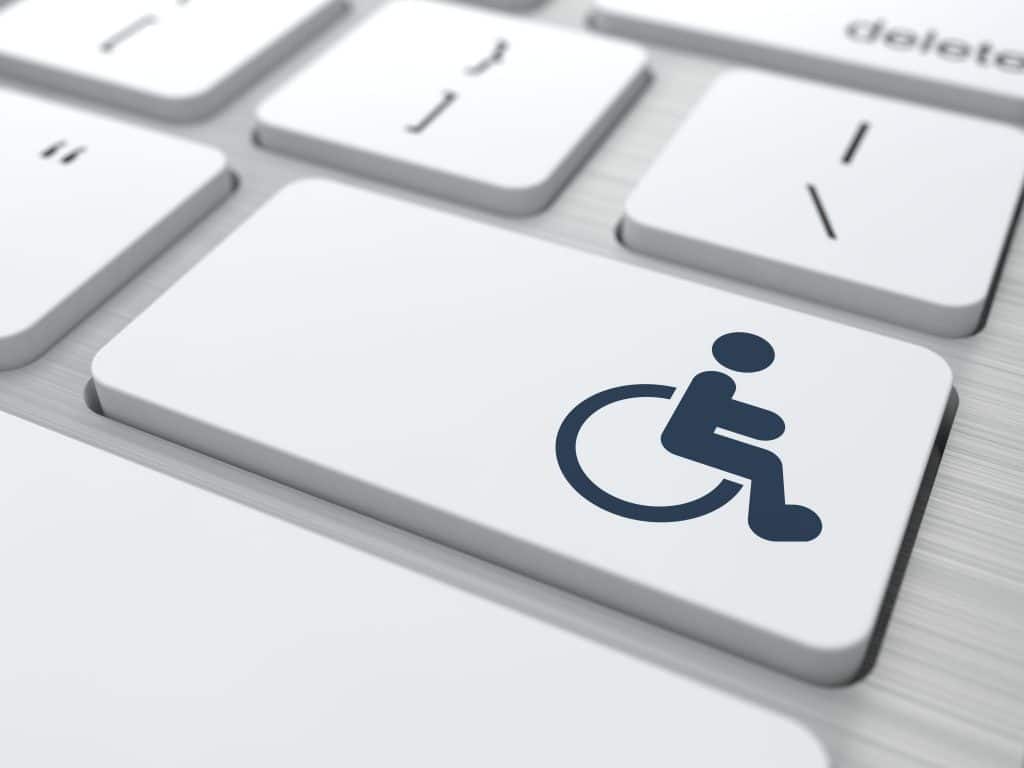
Read more from our blog
Interested to learn more about all things disability? Here’s a selection of articles from our blog:
- Online Learning Strategies for People with Disabilities
- Do Pets Improve Mental Health?
- The Latest Innovations in Assistive Technology
- Wheelchair Hire FAQ and Answers
- Getting Kids Into Adaptive Sports – What’s Out There?
- Influential Voices Giving Disability Visibility
- How to Find the Right Occupational Therapist for the First Time
- Activate Inclusion Sports Days Teaching Important Lessons to So Many
Protect their independence
If you or your child has CP, you may need the assistance of a wheelchair or other mobility device. Blue Badge Insurance supports Australians with physical disabilities like cerebral palsy by helping you safeguard this mobility equipment.
A custom mobility scooter, wheelchair or modified car costs a lot and can take a long time to arrange. Once you or your child have one helping you out, keeping it safe is essential. You’d never want to be without it longer than necessary.
Cover yourself with a cost-effective wheelchair insurance plan or mobility scooter insurance plan. With a valid disability parking permit, you can also get up to 25% off disability car insurance.

